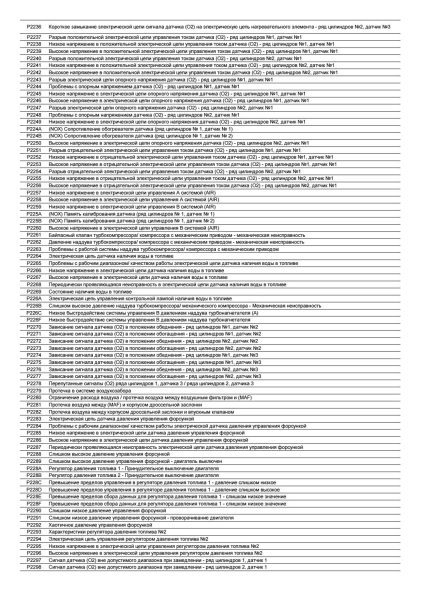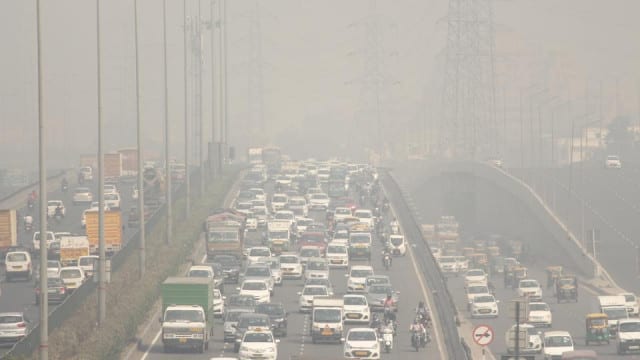
Evidence that traffic jams are slowly killing us
Content
A traffic jam in a huge metropolis can break the nerves of any motorist. Especially when he watches the sly man trying to outrun everyone on the bus or emergency lane, further increasing the congestion.
But even people who have perfect composure pay a high price in such a situation to be in traffic. In addition to the well-known effects of dirty air, such as asthma and skin conditions, there are now at least three more potentially harmful effects added.
Impact of dirty air.
Several independent studies in recent years have examined the health effects of exhaust fumes. The respected medical journal The Lancet summarized these studies.
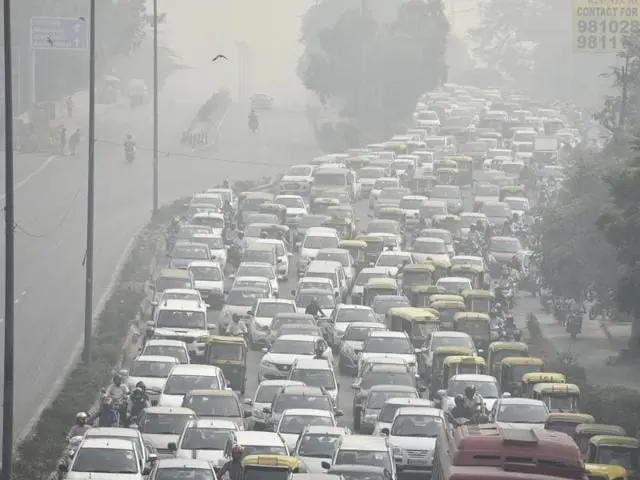
The air in places with heavy traffic congestion (traffic jam or toffee) contains 14-29 times more harmful particles than during normal traffic. Even if you are in a car with tightly closed windows and working filters, being in traffic exposes you to at least 40% polluted air. The reason is that in traffic jams, car engines often start and stop, which leads to the emission of more pollutants than when driving at a constant speed. And because of the large congestion of vehicles, exhaust gases are less diffused.
How to protect yourself?
The only sure way is to avoid traffic jams. Of course, this is extremely difficult to implement, especially for someone who lives in a big city. But you can at least reduce the damage by switching the car's air conditioner to internal recirculation.
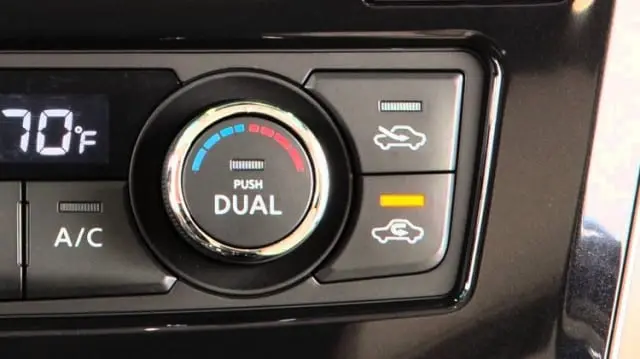
Experiments in California and London have shown that at busy intersections, motorists are actually exposed to more pollutants than pedestrians crossing them. The reason is the ventilation system, which draws in outside air and concentrates it in the passenger compartment.
The inclusion of recirculation reduces the amount of harmful particles by an average of 76%. The only problem is that you cannot drive for too long because oxygen will gradually run out in a sealed cabin.
WHO data
According to the World Health Organization, about one in eight deaths worldwide are attributable to prolonged exposure to high exhaust gas environments (data published on the official page of the organization). It has long been known that dirty air causes asthma and skin problems. But recently, scientists have identified even more dangerous effects.

Carbon black emitted from internal combustion engines (especially diesel engines) and automobile tires has a serious effect on bacteria that attack the respiratory system, such as Staphylococcus aureus and Streptococcus pneumoniae. This element makes them more aggressive and increases their resistance to antibiotics.
In areas with a lot of soot in the air, infectious diseases of the musculoskeletal system are more serious.
Washington University (Seattle)
According to doctors from the University of Washington in Seattle, substances in the exhaust gases have a direct effect on the accumulation of cholesterol in the walls of blood vessels. This leads to atherosclerosis and greatly increases the risk of heart attack.
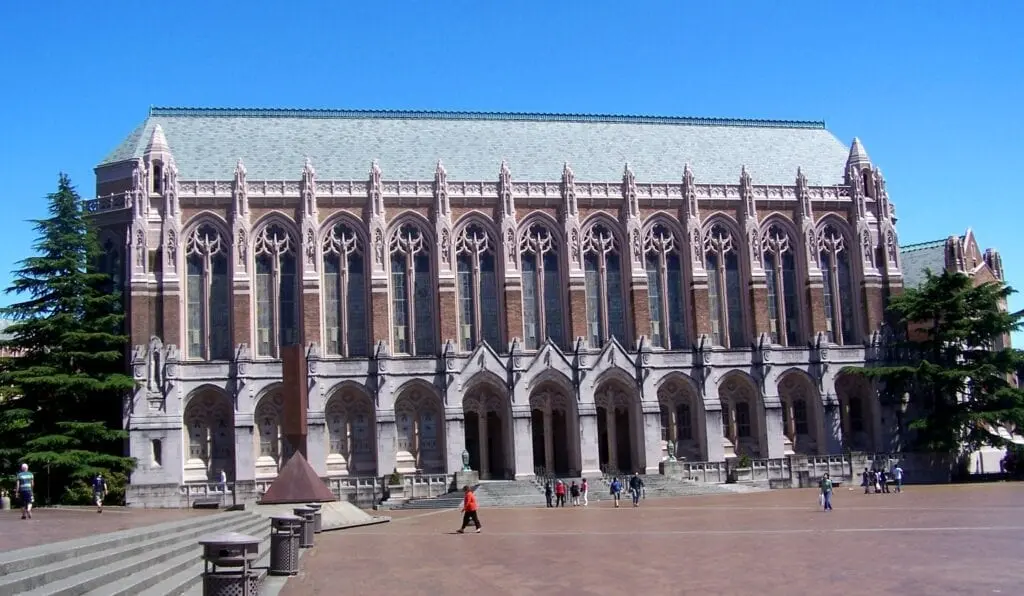
Canadian scientists
Recently, a group of scientists from Canada published the results of a large-scale study. According to the report, polluted city air is directly linked to dementia, a disease that has until now been associated only with age and hereditary factors. Data were published by the medical journal The Lancet.
The team, led by Dr. Hong Chen, looked for signs of three major neurodegenerative diseases: dementia, Parkinson's disease, and multiple sclerosis. The study involved 6,6 million people in Ontario and then over 11 years between 2001 and 2012.
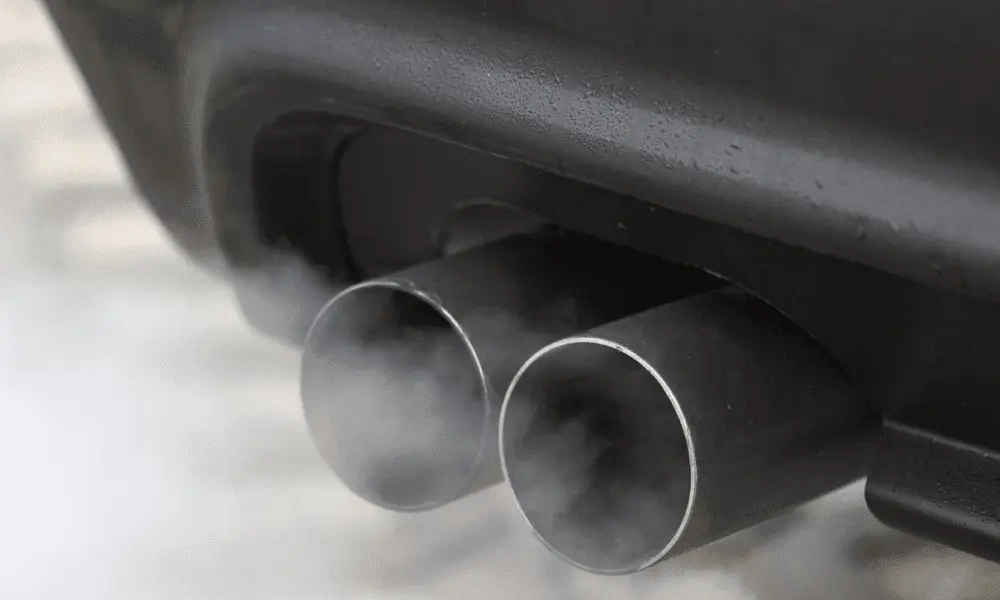
In Parkinson's and multiple sclerosis, there is no relationship between location and incidence. But in dementia, the proximity of the home to the main road artery greatly increases the risks. Chen's team found a strong link between long-term exposure to nitrogen dioxide and fine dust particles, also emitted mostly by diesel engines, and the likelihood of dementia.

